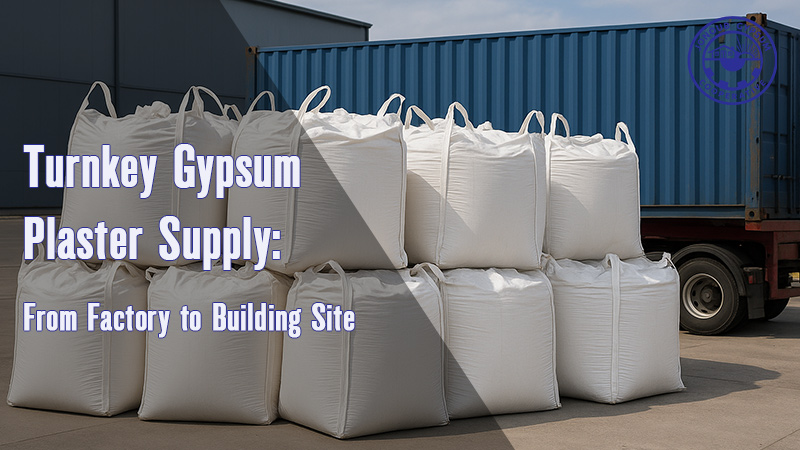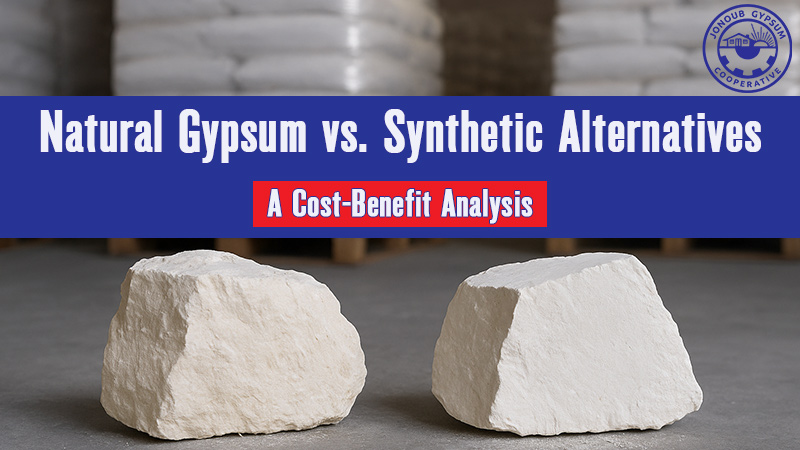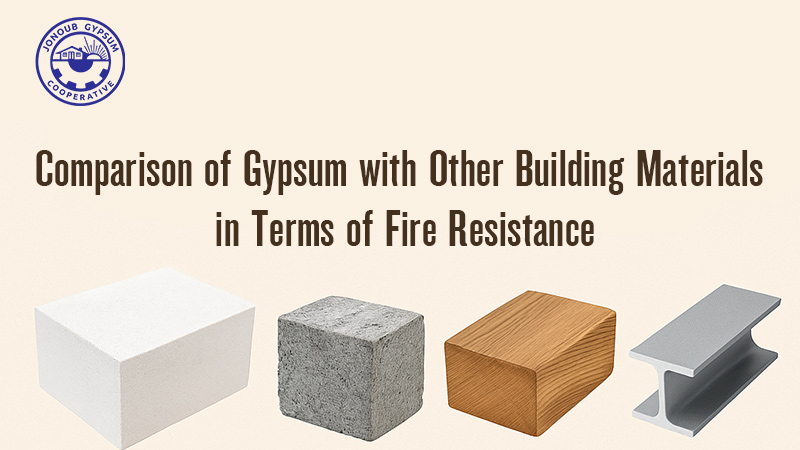Some Interesting plaster Characteristics

Plaster: A Cornerstone Material in Modern Construction and Design
Plaster, a mineral-based mortar, has long been a trusted material in construction, revered for its durability, versatility, and aesthetic appeal. After hardening, plaster undergoes a curing process that results in minimal volume change, ensuring remarkable dimensional stability. This key characteristic makes plaster an indispensable choice for surface coatings, providing smooth, hygienic, and enduring finishes suitable for both residential and commercial spaces. By minimizing the risks of cracking or deformation over time, plaster offers reliability and longevity, particularly in wall and ceiling applications. Its seamless surface further enhances functionality by enabling easier cleaning and maintenance, a significant advantage in diverse environments.
Dimensional Stability and Practical Applications
The curing process of plaster ensures its dimensional stability, which is crucial in construction. Once applied and hardened, the material experiences minimal shrinkage, maintaining its structural integrity over time. This property is especially beneficial for large-scale applications, such as in commercial buildings and multi-unit residential projects, where uniformity and durability are paramount. The smooth finish achieved with plaster not only enhances visual appeal but also contributes to creating spaces that are easier to maintain. This is particularly valuable in environments like hospitals and schools, where hygiene and cleanliness are top priorities.
Plaster’s ability to retain its form without significant deformation has also made it a preferred material for intricate architectural details, including cornices, moldings, and ceiling medallions. These applications highlight its adaptability in both functional and decorative roles, meeting the needs of modern and traditional construction alike.
Fire Resistance: A Critical Safety Feature
Among plaster’s most notable qualities is its exceptional fire resistance. When exposed to high temperatures, the crystallized water within the plaster is released as steam, forming a protective barrier that significantly slows the spread of flames. This fire-retardant property provides a crucial safety advantage, delaying fire progression for approximately two to three hours. Such a time window can be instrumental in ensuring the safe evacuation of occupants and enabling emergency responders to contain and mitigate damage.
Given this capability, plaster is frequently incorporated into structures where fire safety is a priority, such as schools, hospitals, and other high-occupancy buildings. Its inclusion in fire-rated assemblies, such as walls and ceilings, enhances the overall safety of these structures, contributing to regulatory compliance and peace of mind for building owners and occupants.
Acoustic Properties for Quieter Spaces
Plaster’s acoustic qualities further underscore its versatility. Its ability to absorb sound vibrations and reduce echoes by an impressive 60–85% makes it a preferred choice in environments where noise control is critical. Theaters, lecture halls, and recording studios benefit greatly from plaster’s sound-dampening properties, which create quieter, more focused atmospheres. These acoustic benefits can be enhanced by incorporating additives like hydrogen peroxide, which increase the porosity of the plaster, further improving sound absorption.
The use of plaster in residential spaces is also growing, as homeowners seek to create serene living environments that minimize external noise. By reducing sound transmission between rooms, plaster helps improve privacy and comfort, making it a practical choice for modern homes.
Versatility Through Material Blending
One of plaster’s defining strengths is its ability to be combined with other materials, resulting in composite mortars that enhance its properties. For instance, blending plaster with clay creates a hybrid material that balances strength with flexibility, offering a slow-curing solution that provides extended working times. This property is especially advantageous for intricate detailing and artistic projects, where precision and craftsmanship are paramount.
Artisans and builders appreciate the workability of plaster-clay mixtures, which enable them to achieve high-quality finishes in both decorative and functional applications. From ornate sculptures to structural components, these composites demonstrate the adaptability of plaster in diverse construction scenarios.
The integration of other materials, such as lime or polymers, further expands the utility of plaster, enabling specialized applications. For example, polymer-modified plasters can be used in exterior settings, providing enhanced durability and weather resistance. Such innovations underscore plaster’s role as a versatile and evolving material in construction.
A Cornerstone of Modern Construction
Plaster’s unique combination of fire resistance, acoustic absorption, and adaptability solidifies its status as a cornerstone material in construction and design. Beyond its role in surface treatments, plaster contributes significantly to enhancing the safety, comfort, and functionality of spaces. Its fire-resistant properties safeguard against potential disasters, while its acoustic benefits help create environments conducive to learning, relaxation, and creativity.
Moreover, the ability to modify plaster’s properties through blending and additives ensures its continued relevance in an industry that demands innovation and performance. From safeguarding lives in fire-prone areas to improving the acoustic quality of public venues, plaster remains a vital component of modern construction practices.
Conclusion
In summary, plaster’s enduring appeal lies in its versatility, practicality, and reliability. Its applications range from creating smooth, easy-to-maintain surfaces to ensuring fire safety and acoustic optimization. By adapting to the evolving needs of construction and design, plaster continues to be an invaluable material that shapes the way we build and experience our environments. Whether in traditional craftsmanship or cutting-edge architectural designs, plaster’s contributions to the construction industry remain unparalleled, reaffirming its status as an essential material for creating safe, comfortable, and aesthetically pleasing spaces.







